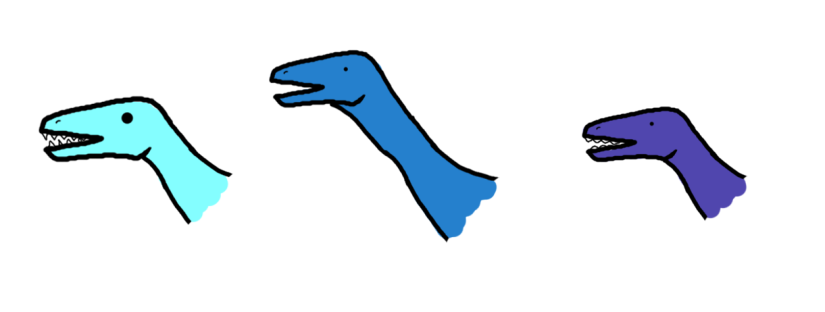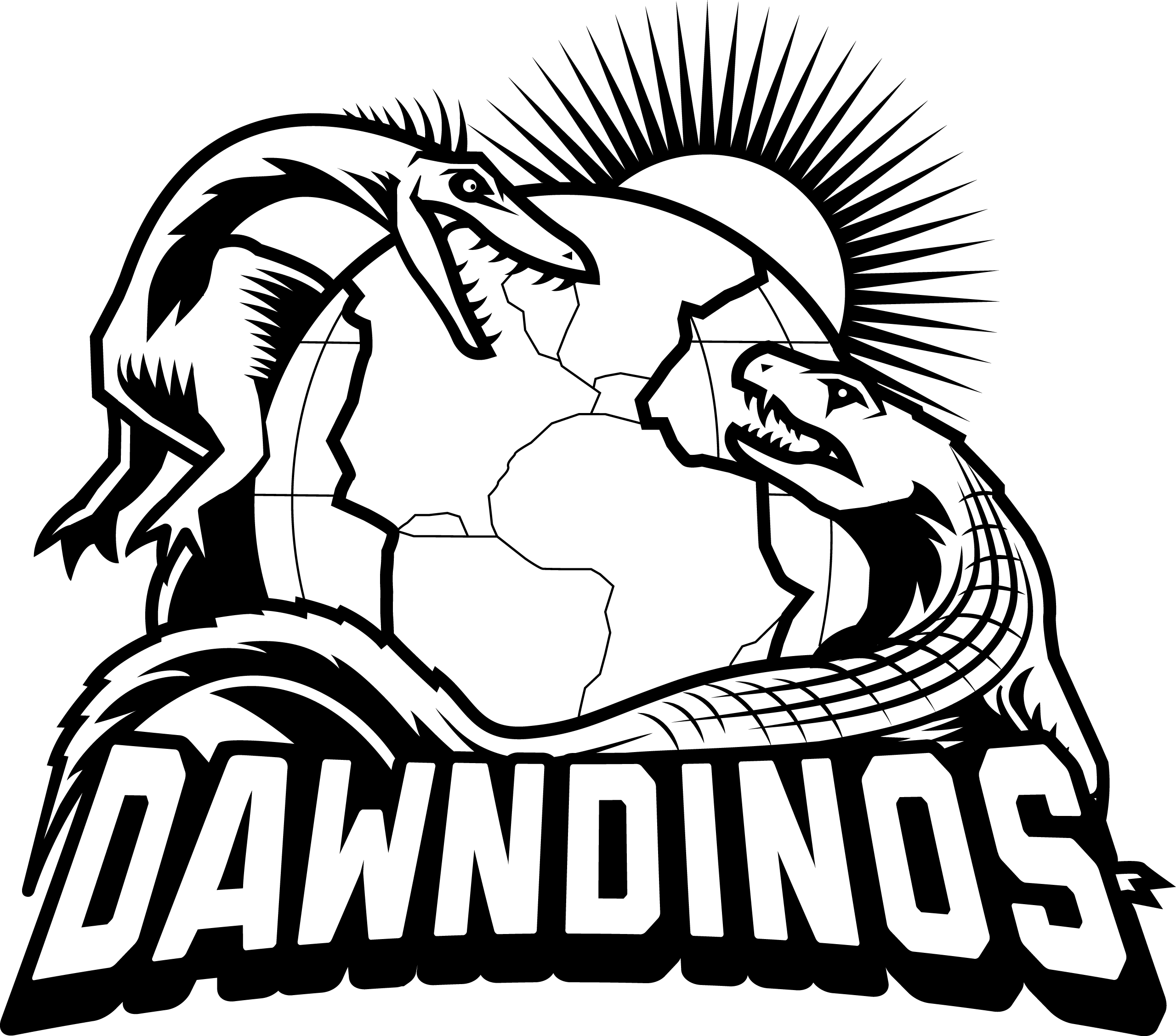In biology adaptation is the process by which a species becomes better suited to its environment.
Adaptations are how well an animals’ body or behaviour fits to a specific environment or lifestyle. Being well adapted means an animal is more likely to survive and pass on its adaptations to its young. For example, polar bears have evolved to have thick fur and a layer of fat that keep them insulated and warm in the cold of the Arctic; sloths have adaptations for climbing in the form of long arms and claws. All animals are in some way adapted to their environment, but animals having only recently moved into new environments, or facing altered environments from past ones, may be less well adapted than they were.
Archosaurs, like those the DAWNDINOS team is studying, are also adapted to their environments. Today, the only living archosaurs are birds and the crocodilians, both of which have a lot of adaptations to help them survive. Crocodiles are adapted to life in the water by having long, streamlined bodies that help them swim, whereas most birds are adapted to life in the skies thanks to their feathered wings and very light bones.
We can see evidence of adaptations from the fossils of extinct animals which can help us figure out the lifestyle an animal had. Was it a carnivore or a herbivore? Did it live in the water or underground? Could it run, fly or hop? The body shape of animals also changes over millions of years and many generations to suit how they lived.
Design an Archosaur!
Your task is to design an archosaur. Be imaginative; don’t feel restricted to animals you might know already have existed.
1. Think about the sort of animal you would like to see. What does it eat? What environment(s) does it lives in? How does it move in that environment(s)? Then consider what adaptations might help your animal to survive and thrive?
2. We’ve collected some adaptations below and explained what they might be useful for and you can refer to the Animal pages on our website for some more inspiration! You can use these to help build your archosaur or you can create your own!
3. Add labels to your design to explain the adaptations it has.
4. Don’t forget to give your archosaur a name! A scientific name with a genus (first name, like Tyrannosaurus) and species (second name, like rex) would be wonderful to aim for.
5. We would really like to see what your design when it is finished. If you send a photo to lkermode@rvc.ac.uk we will put it on our website!
(If you include your name and address, we will send you a cool DAWNDINOS sticker too!)
Adaptations that you might include in your design
Legs and feet
Will your archosaur walk on two or four legs? On two legs (bipedal), it may be a faster runner, and able to use its hands to grasp and feed, but on four legs (quadrupedal) it may be bigger and may not need as long a tail for balance.
Short, stout legs may help it dig or support large size– but long legs could again make it faster, or better at moving efficiently.
Think about adaptations of the feet. Does your archosaur swim and would webbed toes help? Or would big claws be beneficial to a predator or an animal that digs its own burrow?

Body
A herbivore might have a really big tummy so it can have a long digestive system to help it digest plants and absorb nutrients from them!
Many archosaurs had armour on their body; even huge spikes or sails; aiding in defence or something else.
Tail
If your archosaur has a long neck or a big head, a long tail can help counterbalance that weight and give it more stability; also anchoring large muscles that support the legs.

Neck and Head
Like we see with giraffes today, a long neck might help an herbivore reach leaves on tall trees that other animals can’t get to.
Does your archosaur have a big head to help it eat large food items? Or a long snout that helps it slice through the water as it swims?
Teeth can tell us a lot about the diet of an animal. Carnivores (meat eaters) usually have sharp pointy teeth and the teeth of piscivores (fish eaters) may be even longer and thinner allowing them to grab slippery fish. Herbivores may have a very large number of flat or round teeth to help them grind up plants.
Nocturnal animals (active at night) will often have very big eyes that allow them to see in the dark.

Extras
Think about other features your archosaur might have and how they could be useful.
What about wings for flight? (But stick to four limbs total—no six-legged “dragons” are allowed in archosaur evolution, sorry!)
Does your archosaur have thick scales for protection or feathers that keep them warm? Is it camouflaged to hide from predators or sneak up on prey? Or is it brightly coloured to look attractive to a mate? Might it have had some kind of venomous bite or poisonous defence?
• This archosaur walks on two legs meaning its hands are free to handle its food. It has flat teeth and eats plants, which it digests in its big tummy. As its legs aren’t very long, it can’t run that fast and has armour on its back that protects it from predators.

• This archosaur has very long legs useful for running and a long tail to keep it stable. It has a very long neck which it uses to eat insects off of tall plants. Its claws can be used to dig into insect nests to look for tasty snacks.

• This archosaur has very short legs but a big head and a long tail that balance each other out. As it is not that fast, it has lots of spikes that make it difficult to eat. It has big eyes because it is nocturnal and they help it to see better in the dark.

Don’t’ forget to email a photo of your archosaur design to lkermode@rvc.ac.uk

